This collection of Soviet films about youth offers a unique glimpse into the lives, dreams, and challenges faced by young people in the Soviet Union. These films not only entertain but also provide a cultural and historical context, showcasing the universal themes of coming of age, friendship, love, and the quest for identity amidst the backdrop of a distinct political and social environment. Each film in this selection has been chosen for its ability to resonate with audiences today, offering both nostalgia and a fresh perspective on youth in the Soviet era.
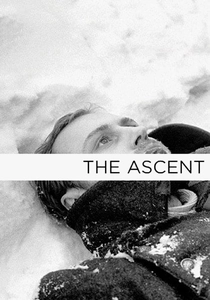
The Ascent (1977)
Description: Set during WWII, this film follows two partisans, one of whom is very young, as they face moral and physical challenges, showcasing the harsh realities of youth in war.
Fact: It was directed by Larisa Shepitko, one of the few female directors in Soviet cinema.
 Watch Now
Watch Now
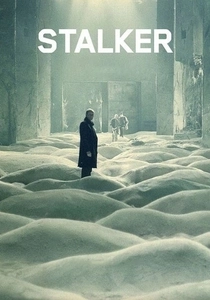
Stalker (1979)
Description: While not exclusively about youth, it explores themes of existential quest and the journey of a young man, the Stalker, guiding others through a mysterious zone, reflecting on life's meaning.
Fact: The film was shot in Estonia, and its philosophical depth has made it a cult classic.
 Watch Now
Watch Now
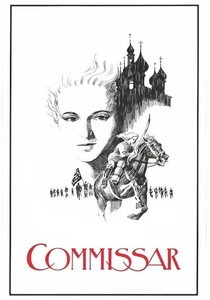
The Commissar (1967)
Description: This film portrays a female commissar during the Russian Civil War who is forced to stay with a Jewish family, exploring themes of youth, motherhood, and war.
Fact: It was banned in the Soviet Union for 20 years due to its critical portrayal of the Civil War.
 Watch Now
Watch Now
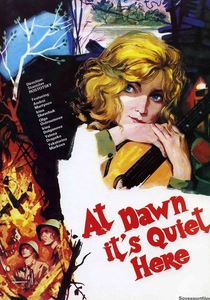
The Dawns Here Are Quiet (1972)
Description: This war drama focuses on a group of female anti-aircraft gunners during WWII, highlighting their youth, bravery, and the harsh realities they face. It's a poignant exploration of youth in wartime.
Fact: The film was based on a novel by Boris Vasilyev. It was one of the most popular Soviet films of the 1970s.
 Watch Now
Watch Now
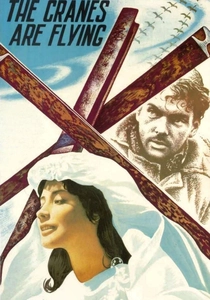
The Cranes Are Flying (1957)
Description: This film tells the story of a young woman's life during WWII, focusing on her emotional journey through love, loss, and resilience, capturing the spirit of youth in wartime.
Fact: It won the Palme d'Or at the Cannes Film Festival in
 30 Days Free
30 Days Free
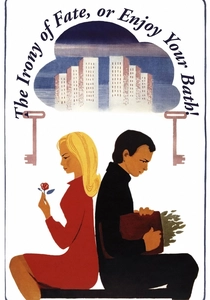
The Irony of Fate (1975)
Description: A romantic comedy about a man who, after a night of drinking, ends up in Leningrad instead of Moscow, leading to a series of humorous and heartfelt events. It reflects on the uniformity of Soviet life and the search for personal identity.
Fact: It's a New Year's Eve tradition in Russia to watch this film.
 30 Days Free
30 Days Free
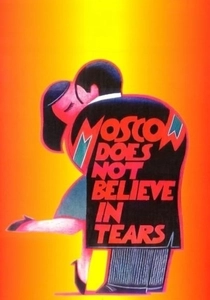
Moscow Does Not Believe in Tears (1980)
Description: This film spans three decades, following three women from their youth in the 1950s to their mature years, capturing the essence of Soviet life, love, and ambition.
Fact: It won the Academy Award for Best Foreign Language Film in
 30 Days Free
30 Days Free
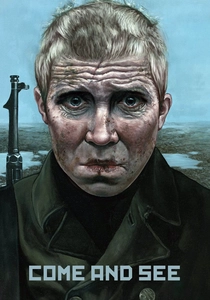
Come and See (1985)
Description: A harrowing depiction of a Belarusian boy's experience during the German occupation, this film captures the loss of innocence and the brutal realities of war on youth.
Fact: The film was shot in a documentary style, using real locations and non-professional actors for authenticity.
 30 Days Free
30 Days Free

The Girls (1961)
Description: A light-hearted comedy about a young woman's life in a Soviet factory, reflecting on the everyday joys and challenges of youth in the Soviet Union.
Fact: The film was one of the first Soviet comedies to focus on the lives of ordinary people.
 30 Days Free
30 Days Free

The Story of Asya Klyachina (1966)
Description: This film delves into the life of a young woman in a small village, exploring themes of love, betrayal, and the quest for personal freedom.
Fact: The film was initially banned and only released in 1988, showcasing the complexities of Soviet censorship.
 30 Days Free
30 Days Free









